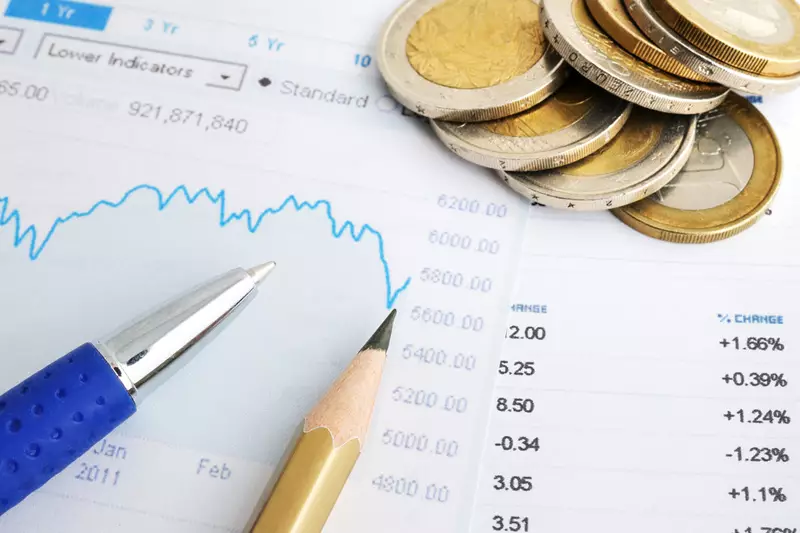The euro has been experiencing a significant decline in value as a result of the political turmoil in Europe, especially in light of the far right and leftist parties gaining momentum in France. This has led to the euro hovering near a more than one-month low against the dollar, reaching $1.06678 on Friday. The currency’s biggest weekly decline since April was also recorded last week at 0.88%. Despite the euro’s decline, the dollar has been firm, with the dollar index remaining steady at 105.54 and reaching its highest point since May 2 at 105.80 on Friday. The indirect benefit to the dollar from the euro’s fall is evident, as the euro accounts for around 57% of the US dollar index weighting.
US Economic Outlook
In light of the political and economic developments in Europe, investors are also keen on gaining fresh clues on the strength of the US economy. Minneapolis Federal Reserve President Neel Kashkari’s statement about a possible interest rate cut once this year has added to the uncertainty in the market. The Fed’s updated projections indicate a median forecast for a single interest rate cut this year, with clarity on this expected after events such as US retail sales on Tuesday and flash PMIs on Friday. The importance of accurate data to guide investors in forming their expectations cannot be overstated.
BOE and Chinese Economic Developments
The situation extends beyond European and US markets, with the Bank of England’s June 20 meeting being watched closely by economists. The majority of forecasts suggest that the first rate cut may not take place until August 1, given the prevalent inflation pressures in Britain. Meanwhile, in China, economic indicators present a mixed picture, with new home prices falling at the fastest pace in more than 9-1/2 years in May, industrial output coming in below forecasts, and retail sales performing better than expected. The Chinese central bank’s decision to leave a key policy rate unchanged reflects the challenges posed by the weak yuan.
The Bank of Japan’s recent actions, including cuts to bond buying amounts and details of its tapering plan, have resulted in the yen remaining pinned near a 34-year low against the dollar. Governor Kazuo Ueda’s statement about the possibility of raising interest rates in July has added a layer of complexity to the currency market dynamics. While the yen steadied at 157.45 after the BOJ’s decision, its previous decline to 158.26 triggered significant rounds of official Japanese intervention.
Lastly, in the realm of cryptocurrencies, bitcoin has experienced a 1.1% increase, reaching $66,454.38. This movement suggests a possible flight to digital assets as traditional currency markets grapple with uncertainties stemming from the ongoing political and economic developments globally.
The European political turmoil has had a notable impact on currency markets, with the euro facing a decline against the dollar. The uncertainty surrounding US interest rates, coupled with developments in the UK, China, and Japan, further complicates the global economic outlook. The implications of these events extend beyond traditional markets, as evidenced by the response in the cryptocurrency space. Overall, a cautious approach and a keen eye on accurate data and developments are crucial for investors navigating the current market landscape.

